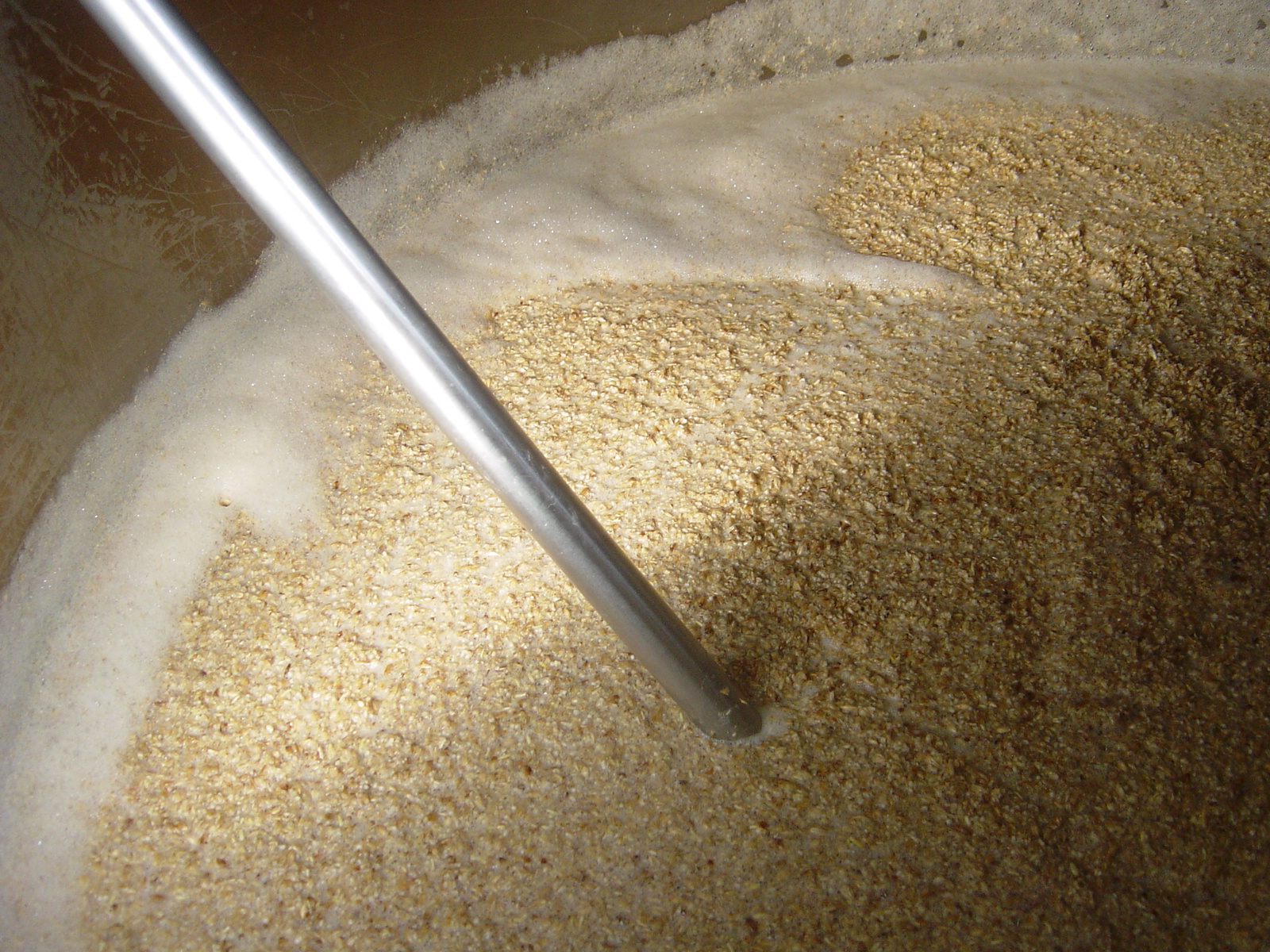By Joseph Hertrich – Retired Group Director, Brewing Raw Materials at Anheuser-Busch, Inc.
Brewers have high expectations for their malt supply regarding high extract recovery and consistent attenuation. They closely manage water to grist ratios and temperature profiles at mashing, but also must manage effective mixing through the use of a fore masher and the matching of the water and grist inlets, as well as the mixer speed. The mashing in the procedure must achieve a smooth and even mash consistency without the dreaded “doughballs”, those floating softballs, soccer balls, and basketballs! These are dry malt coated with a wet layer caused by an improper combination of water and grist during mashing in that will detract from mashing performance. An actual brewing experience is detailed here.
A brewer changed his low-temperature protein rest at the start of mashing from 40 minutes to 20 minutes at 122oF (50oC). When these brews reached the end of fermentation the real degree of fermentation had declined by 1%. Since there is not supposed to be any conversion enzyme activity at this low temperature, it was speculated something is wrong with this malt! Further investigation determined that this mash vessel did not have a fore masher, had many floating “doughballs” present at mashing in and the longer protein rest time had been necessary to mix and get all the malt into mash solution. Even without a fore masher, slowing down the grist drop and better matching with foundation water inlet eliminated the “dough balls”, improved the mixing, and the end of fermentation results went back up to normal. A good reminder that any mashing procedure, at any temperature, requires effective water and grist mixing to assure repeatable mashing results and attenuation results.


